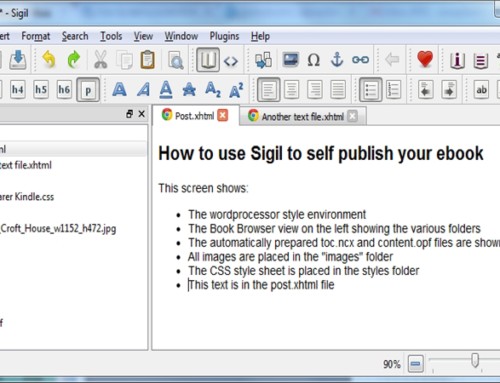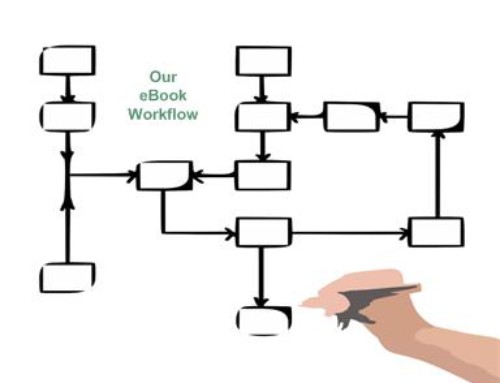To get straight to the point: I am a strong advocate of Mind Maps as a tool to discover meaning. I use Mind Maps to:
- analyse complex documents to seek meaning
- graphically depict an area of knowledge
- organise ideas from brainstorming sessions
- list and organise ideas in the writing process
I first encountered the notion of Mind Maps in the late 1980s when I was researching Problem-based Learning in Electronics. My colleague was very interested in how learning occurred and he was always talking about mind maps. I never really took much notice at the time and so it was almost 10 years later before I came across Mind Maps again.
I turned to Mind Maps to seek meaning of Project Terms of Reference, Project Design Documents and the Scope of Services found in development assistance documents as a means of preparing better tenders.
In the first instance our Institute tendered for largely AusAID education projects but as it became more successful it started to target Asian Development Bank activities as well, in Education and other fields. As a tenderer I began to encounter increasingly complex documents often in fields in which I had no expertise. I needed to “reverse engineer” or “deconstruct” these tender documents and work with specialists in other fields in order to build successful project tenders.
I worked as a facilitator with project teams to help them prepare their tenders. Initially I would prepare Mind Maps of the Terms of Reference, Scope of Services and Design Document to distil the key requirements and associated key questions. In essence I mapped these documents. These maps were the basis for a project team to gain a better understanding of the program and brainstorm solutions to the key requirements and answer the key questions. Following the brainstorming sessions the original maps could be enhanced with this additional information. These maps then guided the Project Proposal. This approach enabled me to harness the professional expertise of the project team in a participatory manner thereby building understanding and ownership of our proposal. After all it was the project team who had to defend the approach under questioning.
This was when I truly discovered the value of Mind Map software.
I have used this type of software ever since to support my project tendering and eBook development. I have found that it is the process of developing a Mind Map about a particular field of interest that is most useful, not necessarily the mind map itself, although the maps act as good reference sheets. However, on one occasion, I encountered a group who used Mind Maps to present their project proposal for assessment and, as the assessor, I found the approach quite successful and innovative. Maybe they were fortunate in that I was Mind Map “junkie”!
I find the graphical representation of ideas very powerful.
At the moment I am trying to build a program scenario to be included in an eBook I’m writing on Project Management and Monitoring. I have turned to mind mapping to develop this scenario. I can start with the various elements of a project cycle (e.g. design, planning, preparation, implementation and reporting etc) and easily build the information related to each element. Alternatively, I can use the software to brainstorm ideas and then quickly organise these ideas into branches of information. Used in this way the software can be a very good personal brainstorming tool.
The Mind Map of the Program Design for my program scenario is shown below. It is very much a work in progress but it demonstrates how a program description can be depicted graphically.
This Mind Map was built using FreeMind and simply exported as a JPEG file for importing into this blog. This is the first Map I have drawn with this program and it seems quite simple to use. A full discussion of the program is a topic for another blog.
Mind Maps acts as a scratch pad for listing and organising ideas.
Last year I undertook a program review. In order to grasp the essential thrust of the program I had to read many complex documents. For the most critical documents I “deconstructed” or “reverse engineered” them using Mind Maps. Sometimes I find I don’t have to complete these maps, just develop them to the point where I gain the understanding I need. The maps are very much a tool to aid understanding.
Dedicated Mind Mapping software ensures Mind Mapping if effective and efficient.
For many years I have owned and used Mindjet MindManager software and I have been satisfied with it – of course it will cost you US$350. As mentioned above I am currently preparing an eBook on Project Management and Monitoring and I am exploring free mind mapping software such as Freemind. I want to find suitable Mind Mapping software for Project Managers in developing countries (who can’t afford expensive software). This would enable them to enjoy the benefits of mind mapping as well.
This a link to all our The Tool Shed posts.
This is a link to all our eBook self-publishing posts.
Views: 1593




Leave A Comment